





Probably one of the last things you think about when spending every single penny you have on plants like I do (don't you, too?) is what sort of investment value these accumulated plants have. For the most part, plants are not great investments, at least in terms of being able to turn them around and make a profit. Few plants increase in value over time in such a way that you can make a significant profit down the road. For example, many of the plants in my yard are either worth about the same as when I bought them, or far less because they're struggling, look terrible or have long since died. Or they would be worth more had they been kept in pots; digging up many species of large trees or palms is hardly worth the hassle and expense to move them, or because of the likelihood they won't survive the experience. But surprisingly, many of them have increased in value and stand to increase more over time. Of course, invariably these are the last plants I want to part with, but at least the possibility of profit exists if I change my mind. I am not sure most amateur growers can say this about their private collections.
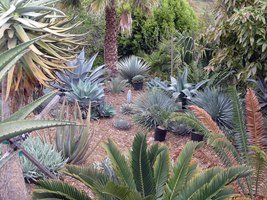
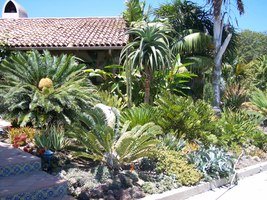
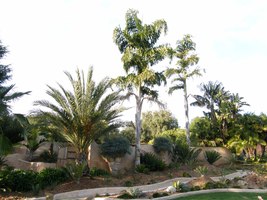
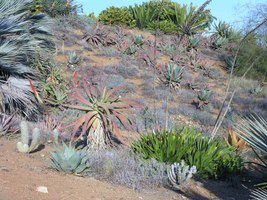
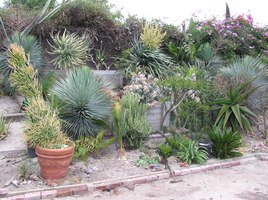
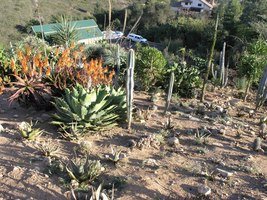
A few examples of private gardens full of good investment plants, i.e., plants that continue to increase in value as they grow and can be moved relatively easily.
One thing I have learned over my years of collecting rare succulents, cycads and palms is that size does matter. A small tree aloe can be purchased for $10 and sold 5 years later for $200 or more. Some cycads increase in value exponentially as their caudex size enlarges. A large landscape palm that is known to move well can sometimes be offloaded for thousands of dollars. These are just a few examples of what could be considered ‘investment plantings'.
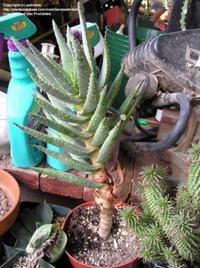
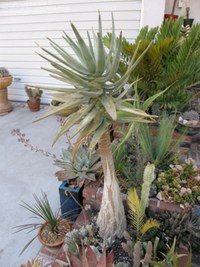
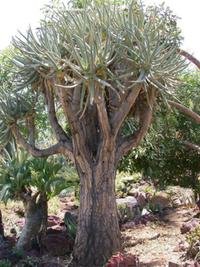
(left) Aloe dichotoma seedling that cost about $10. (middle) My plant about 6 years later worth well over $200. (right) Large landscape plant worth a LOT decades down the road.
Realistically, few hobbyists acquire plants for the purposes of making a profit later on. That is something usually left to the professional plant growers and dealers. But some collections of plants increase in value significantly, requiring wills to be drawn up to direct their care and ultimate distribution. I have seen plant collections passed down from one generation to the next, or sold following the death or illness of the original collector. Some of these collections are literally worth a fortune and only continue to increase in value over time, from owner to owner.
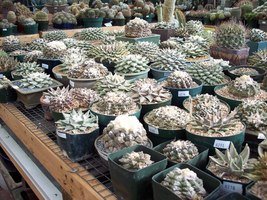
Part of someone's old collection of Ariocarpus cacti, now in the possesion of a nursery that will make a profit on these specimen plants.
The following are examples of plants that have investment potential.
Cycads. I think this is one of the very best group of investment plants there are. The turn-around is somewhat slow, particularly if you start with seeds or dinky seedlings. But the potential profit is enormous if you collect a large number of rare species and plans on living long enough for them to grow to maturity. Back in the 50s and 60s when these plants were legal to import from around the world, one could amass a large collection quickly for relatively little money. Fortunately relatively few individuals actually took advantage of this situation or there would be no cycads left in the wild today. Many are on the endangered list and exporting/importing large plants is illegal. Unlawful collecting has nearly decimated many species of Encephalartos thanks to the seemingly limitless demand for these rare and unusual plants. And why? Because they are worth a lot of money. Large plants of some of the rarer Encephalartos are easily worth over $10,000. Some very rare old plants approach ten times that amount! A collection of mature plants can be worth millions of dollars, easily enough to retire on, if you are willing to part with them. More often than not, most collectors keep the plants until they die, so only relatives see the investment returns.
The only risk is buying a plant and then killing it. If you do not take good care of your plants this can happen, but cycads are fairly easy to keep and thankfully, most are also easy to dig up with a good likelihood for survival. Cycads are one of the easiest costly collectable plants to find buyers for; finding a buyer is often the weak link in the collecting-owning-selling process.
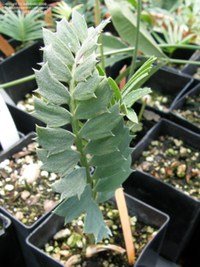
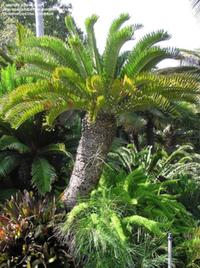
(left) This dinky Encephalartos latifrons seedling sells for over $200--fairly pricey for such a small plant. (right) If you can get yours grown to a mature specimen size like this (probably several hundred years old), you can leave your descendants a plant worth a literal fortune.
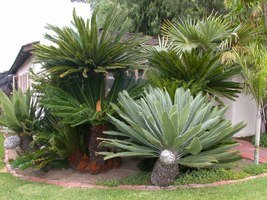
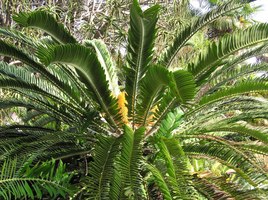
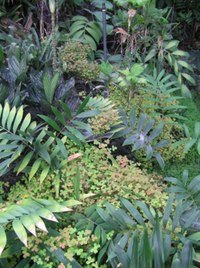
Even relatively common cycads have great resale value. This Encephalartos woodii can sell for over $30,000; a small garden of cycads like these Ceratozamias can make a beautiful garden and then be sold for a profit years later.
Palms. From an investment standpoint, few palms are a good buy, especially if planted in the ground. Most palms worth any significant amount of money are the large, easy to move, landscape specimens. Super rare, large palms are also expensive but finding a buyer for them is not always easy. Rare palms are a large purchase risk since there is little information or experience regarding their ability to be moved. Many common species are infamous for being ‘bad movers'. Large Archontophoenix (King palms), Braheas, Rhopalostylis, Bismarckias etc. are fantastic landscape palms, but difficult to move without killing them. So the risk involved usually cancels out the estimated value of the palm and the best a seller can hope for is a palm being moved for free--no profit there. Same goes for most Washingtonias, Queen Palms, Butias, Trachycarpus and Sabals. These palms are easier to move but they don't bring as much money, thanks to being very common. Again, about the best you can hope for is someone digging up the palms at no cost.
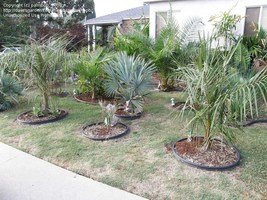
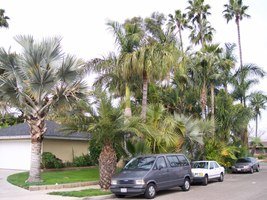
(left) My own yard full of palms but few have any investment value. (right) Old palm garden with some really good investment palms, but mostly ones that are not.
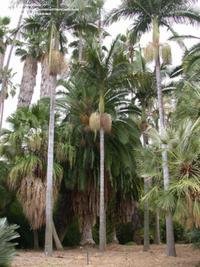
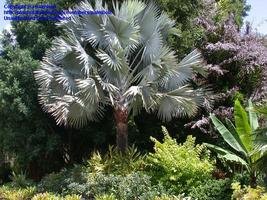
(left) King palms might be worth a lot of money in pots, but in the ground they are nearly worthless as they so difficult to move without killing them. (right) The same goes for this magnificent Bismarckia.
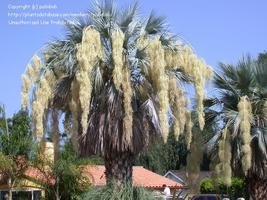
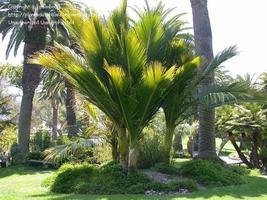
Brahea armata and Rhopalostylis don't move well and are not good investment palms
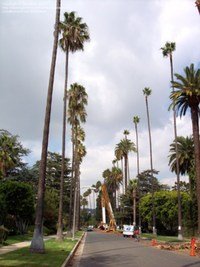
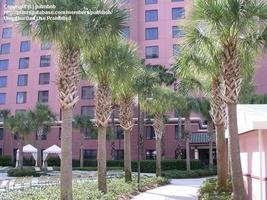
Washingtonias and Sabals move well, but hardly worth it since they are relatively cheap.
The only profitable species are Jubaeas (Chilean Wine Palms), Howeas (Kentia Palms), Chamaerops (Mediterranean Fan Palms) and large Phoenix species (notably Phoenix canariensis and P. reclinata.) Of these, a Jubaea is probably the best investment, though it can take decades to see the profit on such a plant. Still, the older and larger it gets, the more it will be worth. Even large seedlings can usually be sold for a profit. Expect 10 to 20 years of growing these palms to be able to make good money on them; in 40 to 60 years they will be worth some real money. And be sure to have them planted where they are easy to get to, or the hassle of removing them will offset the profit made in selling them. Older potted palms are in general a better investment but they take up a large amount of room and don't always look that great in the landscaping. In summary, with a few exceptions palms are not a good species for investment planting.
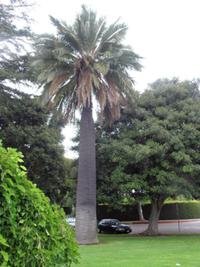
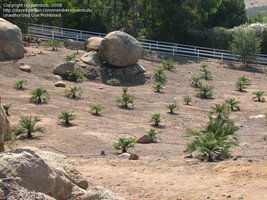
(left) A Jubaea is worth a fortune at this size. (right) Field-grown Jubaeas in a private garden are a good investment.
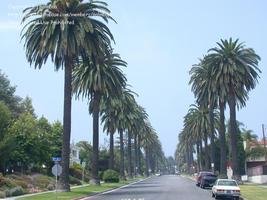

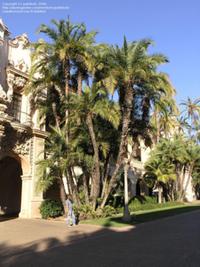
More palms that can be sold for a profit: (L-R) Phoenix canariensis (Canary Island Date Palm), Phoenix dactylifera (true Date Palm) and Phoenix reclinata (Senegal Date Palm)
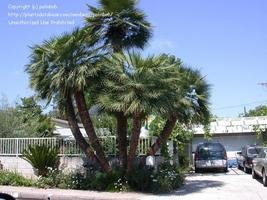
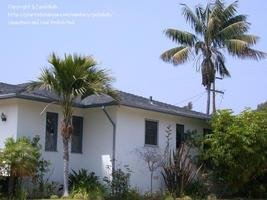
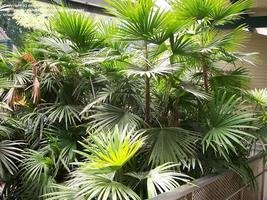
(left) Large Chamaerops specimens have good resale value. (middle) Howeas can be sold for a small profit. (right) Rhapis humilis (Slender Lady Palm) can be sold for a profit.
Caudiciform Succulents. One of the most impressive additions you can make to a rare plant collection is a large caudiciform. These are great, weird and often admired plants, and can actually be fairly good investments if someone knows where to sell them. And that is probably the main problem when it comes to trying to make a profit on any rare plant species, particularly with ones that don't have large public appeal. A large Dioscorea elephantipes, for example, can sell for nearly $1,000. But it can take nearly a lifetime to get to that size, and the risk of losing it in the meantime is high (easily rotted.) And then it may take another lifetime to find an appropriate buyer. Just because a plant may be worth a lot of money does not mean it is easy to find a buyer. I have a number of these plants in my collection and have no illusions about making any profit on them; when they eventually ‘go' they will probably be sold as part of the entire collection. Their true value may only be realized if a well-known nursery buys them and then finally makes the profit reselling them. More likely they will just end up in another collector's collection and then eventually go to yet another collector, etc.
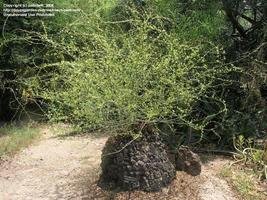
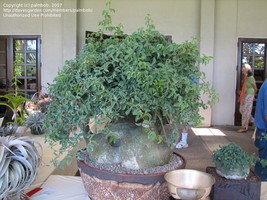
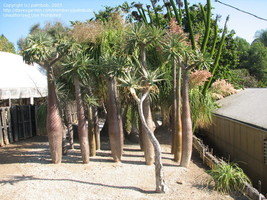
(left) Old and probably pricey Dioscorea elephantipes. (middle) Adenia glauca that is likely worth a lot of $$. (right) Mature Pachypodium geayis are easy to move and can sell for a good profit to the right customers.
Other Succulents. Plants that grow offsets can often support their initial costs if you sell their suckers/offsets. Removing the suckers of succulents like certain aloes and agaves can allow you to make a little money back and keep these plants from overtaking the garden, becoming a huge, unsightly mess. However, few species can be sold for significant amounts of money unless they are very rare. Rare plants usually cost a lot of money up front and are usually rare for a good reason, such as being very hard to grow, being nearly extinct or being very unpopular. Plants that are rare because they are hard to grow are not likely to be a good investment unless you have discovered an easy, sure-fire way of keeping them alive. Then these plants might make you a small profit. Plants that are nearly extinct have a tendency to be expensive initially, but by the time you have grown an offset or a seedling large enough to sell, it is likely that other growers and nurseries have grown them too, and often on a much larger scale.
I have spent a lot of money on some rare species that just ten years later have become relatively common, and they are worth far less than what I initially paid for them. I find this happens over and over again in the succulent world; the prices of many plants have fallen significantly since I started to collect them. This is also the case with a number of palm and cycad species as well; plants are becoming far more common in cultivation as the plant collecting hobbies seem to grow. Plants that are good investments in the succulent world are those that have been grown for decades and slowly increase in size to the point they have turned into what are called ‘specimen plants'. Then they can be resold for a profit if the right buyer can be found. The good thing about many such succulents is they take minimal care. You can grow most in the same pot or same small plot in the garden for 20 or more years without doing anything but providing a modicum of water and keeping the bugs off them. Few other plants can be kept for two decades then resold by simply digging them up and stuffing them back into a pot or selling them in their original pots. I see many collections of specimen plants sold as a unit for lots of money--but again, often by relatives, not usually the original collector.
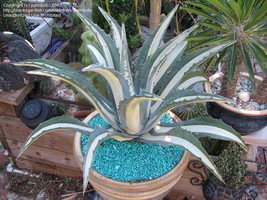
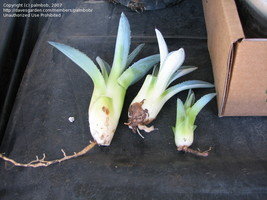
Though not worth much, this Agave americana 'Mediopicta' is a good source of dozens of offsets each year. They can be sold for a small profit at your local cactus club meetings.
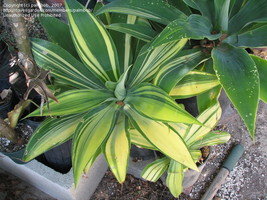
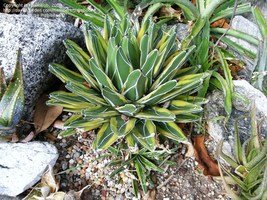
Offsets of these two variegated Agaves can be worth quite a bit, particularly the one on left: Agave attenuata; the plant on the right is Agave victoriae-reginae.
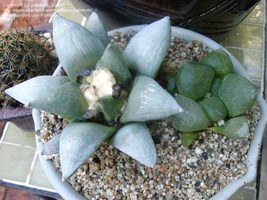
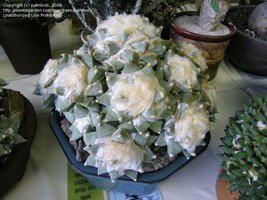
Several of my Ariocarpus cacti are not worth much now, but if I can grow them to this size, they will really be worth something--and I will probably have to live another 50 years for that happen...
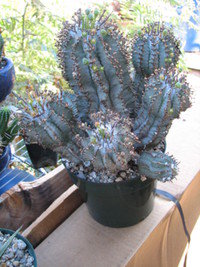
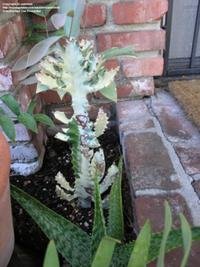
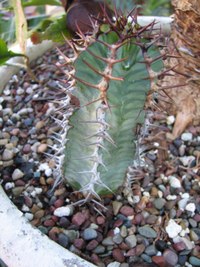
These three Euphorbias of mine ('Wundulate', E. lactea 'Ghost' and E. virosa) may not be worth much now, but I can keep them for a couple dozen years, they could be worth something (see below)
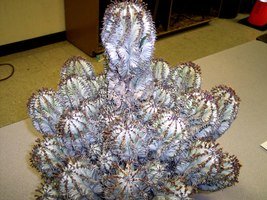
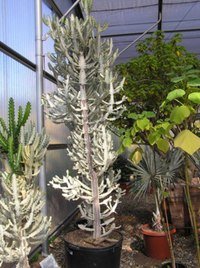
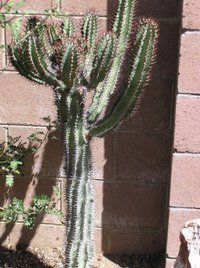
These are all 'specimen' plants of the above seedlings and can go for a decent amount of money if you can find a buyer for them.
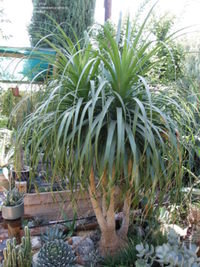
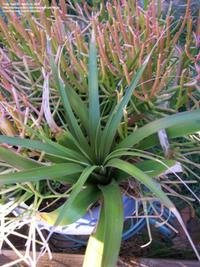
My Beaucarnea guatamalensis is a great landscape plant and keeps making new heads which I just snap off, stuff in some soil, and soon I have healthy seedlings I could sell if I ever got around to trying.
Other exotic plants. Some plants that can be profitable include bamboo, plumeria and bird of paradise. Bamboo is actually a pretty good investment as long as you can find buyers and you don't mind the hassle of sawing off sections of your plant now and then to re-establish in pots. If you have been to a bamboo sale, you soon discover bamboo can sell for quite a lot of money, particularly the larger or rarer species. But I seriously doubt too many homeowners make a fortune off their bamboo offsets. Bamboo is a lot of work (clean up, high water requirements, and hard to divide without the proper tools and help.) Bamboo tends to take up a lot of room, too. For that reason I have only a few small clumps in my yard; most likely I will never see a profit on any of it.
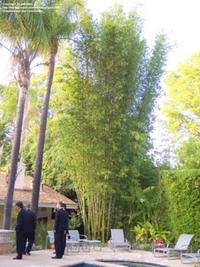
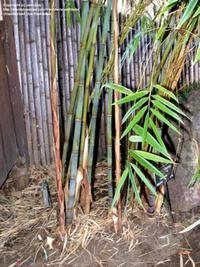
(left) Bambusa oldhamii makes a great garden plant but it can also be divided and sold in 5 gallon pots for a decent amount, not ever touching the original plant. (right) Himalayan Blue Bamboo is a pricey and profitable species.
Strelitzia or Bird of Paradise, particularly the rarer leafless forms or yellow-flowered forms, can make a small profit by dividing them now and then. I would have no idea how to sell a plant like this, though, so realistically I will never see any investment value in these plants.
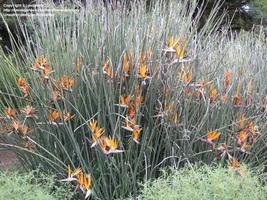
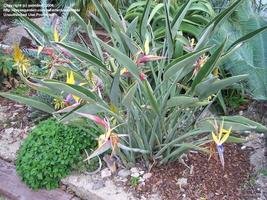
These Bird of Paradise varieties divide easily and are still sought after, making them potential investment plantings
If you live in a particularly good climate for growing these plants, Plumeria can make you some money. They are so easy to make cuttings from and a larger tree can provide many dozens of cuttings a year. And cuttings are fairly easy to sell and distribute. I don't live in a decent Plumeria climate, but others who live not too far from me have thriving sideline businesses from their small collection of backyard plants. All you need is an eBay account in good standing and a few aggressively growing Plumeria, particularly of the less common flower colors, and you can have a small source of income along with a nice looking collection of plants in the yard.
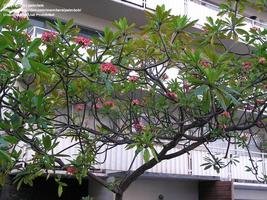
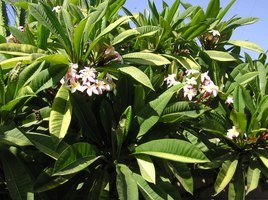
Though realistically few private growers are shrewd enough to collect rare plants both for personal enjoyment as well as financial gain, it is interesting to know that at least the possibility exists. I am certainly not one of them (shrewd is probably one of the least likely adjectives one would apply to me.) And I have gotten into the plant collecting habit a bit late in life to see a decent profit on most of my exotic plants. But at least I know that when I pass on someday, my relatives will not necessarily have to bulldoze the yard right away to sell the house. They will be able, should they find someone with plant knowledge to assist them, to sell most of my collection for a decent profit first... and then bulldoze the yard to sell the house. It makes me a feel a tad less guilty spending all my money on plants when I think that someone might benefit from my own form of investment planting.
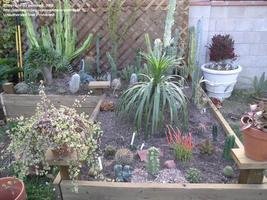
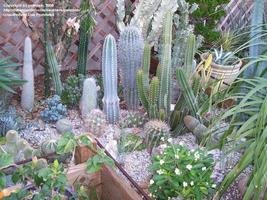
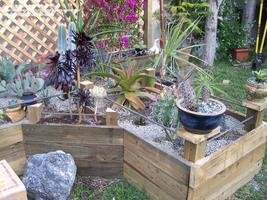
(left) My backyard full of plants that could potentially all be re-sold should something happen to me; if I can keep them healthy for 10 to 20 years could actually be worth a lot more than they are now.
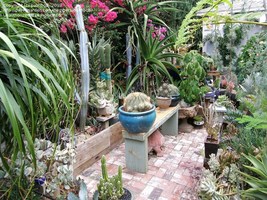
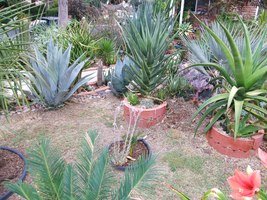
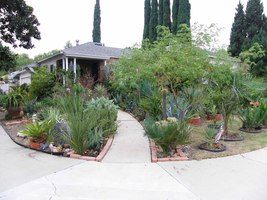
View of my garden today with some plants that are already worth more than when I bought them, if I could find a buyer for them that is. Of course I don't want to, since I am still alive and enjoying them... but someday...
Copyright © www.100flowers.win Botanic Garden All Rights Reserved